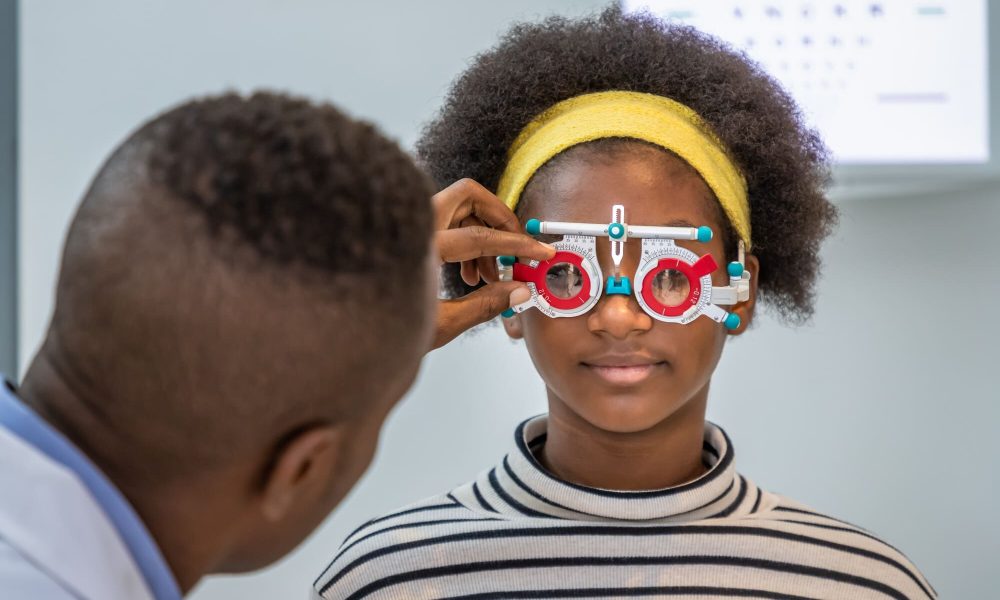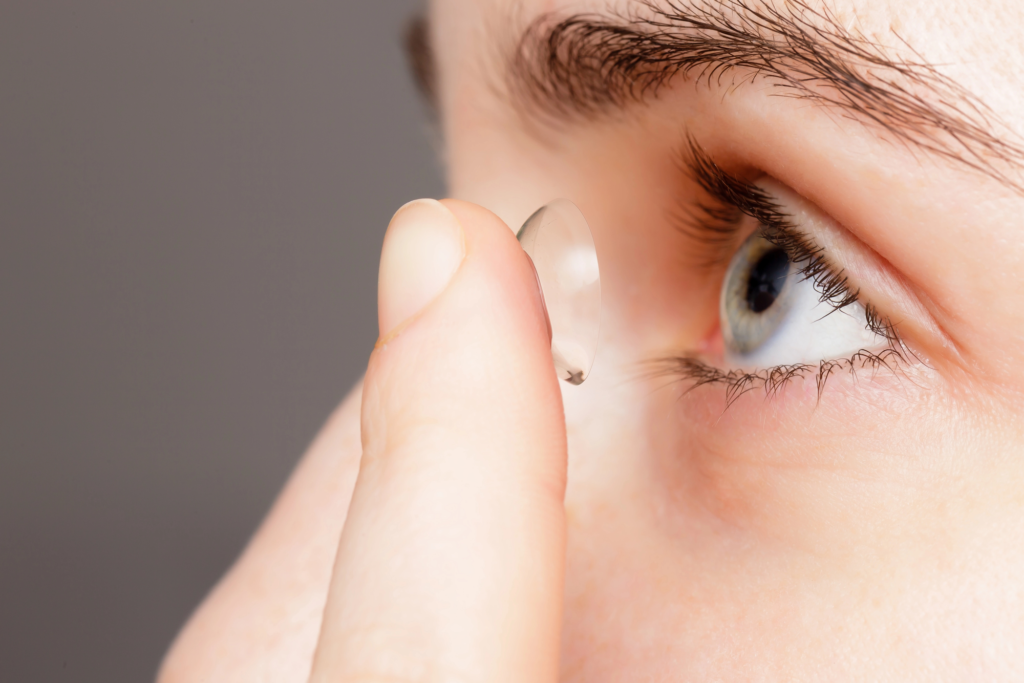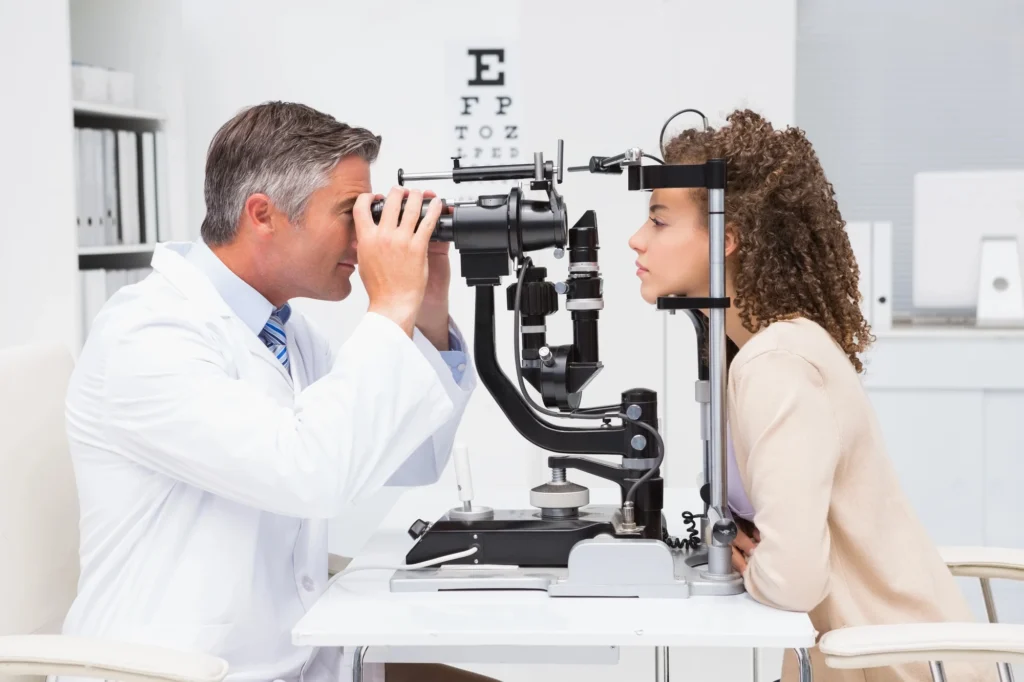More than 40% of the United States population needs prescription glasses. It’s estimated that one-third of the world’s population’s nearsighted. It’s more common to be nearsighted than farsighted, but both can lead to further eye complications down the road.
However, what’s the difference between nearsighted and farsighted?
It’s not uncommon to get the two confused with one another, as many people do. Knowing the difference and understanding what makes good eye health is essential, so you know when it’s time to see your eye doctor in Utah or an eye doctor in Idaho. In the guide below, you’ll discover our guide on everything you need to know about nearsightedness, farsightedness, and when it’s time to see an eye doctor.
Continue reading to learn more!
What’s Nearsightedness?
Nearsightedness (Myopia) is a common refractive error that affects over 150 million Americans. If you’re nearsighted, you have difficulty seeing objects that are far away. Your vision is clear when looking at things up close, but objects in the distance appear blurry.
Nearsightedness occurs when the eye is too long, or the cornea is too curved. This causes light entering the eye to focus in front of the retina rather than directly on it. Common symptoms of nearsightedness include:
- Blurry vision when looking at distant objects
- Difficulty seeing while driving, especially at night
- Frequent headaches due to eyestrain
- Squinting to see clearly
What’s Farsightedness?
Farsightedness (Hyperopia) is another type of refractive error but is less common than nearsightedness. If you’re farsighted, you can see distant objects clearly, but close objects may appear blurry.
Farsightedness occurs when the eye is too short, or the cornea is not curved enough. This causes light to focus behind the retina. Common symptoms of farsightedness include:
- Blurry vision when looking at close objects
- Eye strain and headaches, especially after reading or working on a computer
- Difficulty with tasks that require close focus, such as sewing or reading
How Do I Know if I’m Nearsighted or Farsighted?
Determining whether you’re nearsighted or farsighted typically involves noticing the challenges you face with your vision. If you struggle to see distant objects, you’re likely nearsighted. Conversely, if reading or focusing on close objects is difficult, you may be farsighted.
The best way to know for sure is to take a nearsighted vs farsighted test during a comprehensive eye exam. An optometrist will assess your vision and provide a diagnosis based on your symptoms.
Is Farsightedness Worse Than Nearsightedness?
Neither farsightedness nor nearsightedness is inherently worse than the other; it depends on your lifestyle and the activities you engage in daily. For instance, someone who reads a lot might find farsightedness more troublesome, while someone who drives frequently might struggle more with nearsightedness.
Can a Person Be Both Nearsighted and Farsighted?
Yes, it is possible for a person to have both nearsightedness and farsightedness in different eyes or even in the same eye, a condition known as mixed astigmatism. This is where one part of the eye is nearsighted while another part is farsighted. Astigmatism often accompanies either condition, further complicating vision.
Nearsighted vs Farsighted vs Astigmatism: A Quick Comparison
- Nearsightedness (Myopia): Difficulty seeing distant objects clearly; close-up vision is unaffected.
- Farsightedness (Hyperopia): Difficulty seeing close objects clearly; distant vision is usually sharp.
- Astigmatism: Blurred vision at any distance due to an irregularly shaped cornea that causes light to focus on multiple points on the retina.
How to Diagnose Nearsightedness and Farsightedness
If you suspect you’re dealing with a refractive error, a visit to the eye doctor is essential. The eye doctor will perform a series of tests to diagnose your condition accurately:
- Visual Acuity Test: This involves reading letters on a chart from a specific distance to determine how well you can see at different ranges.
- Refraction Assessment: Using a phoropter, the eye doctor will place different lenses in front of your eyes to find the prescription that best corrects your vision.
- Retinoscopy: This test measures how light reflects off your retina to determine your refractive error.
Can Nearsightedness or Farsightedness Be Cured?
Can nearsightedness be cured? Unfortunately, there’s no cure for nearsightedness or farsightedness. However, both conditions can be effectively managed with corrective lenses (glasses or contacts) or refractive surgery, such as LASIK. Regular eye exams are crucial for monitoring these conditions and updating prescriptions as needed.
Prioritize Your Eye Health
Understanding whether you are nearsighted, farsighted, or have astigmatism is crucial for maintaining optimal vision and overall eye health. Regular eye exams, proper lens care, and consulting with your eye care professional about the best options for your specific needs are essential steps in managing these conditions.
Whether you choose glasses or contact lenses—or a combination of both—keeping your prescription up to date will help you maintain clear vision and prevent further eye strain. Regularly updating your glasses ensures your eyes have the best support for your vision needs. For more information or to schedule an eye exam, contact The Eye Pros, your trusted eye care provider in Idaho and Utah.





